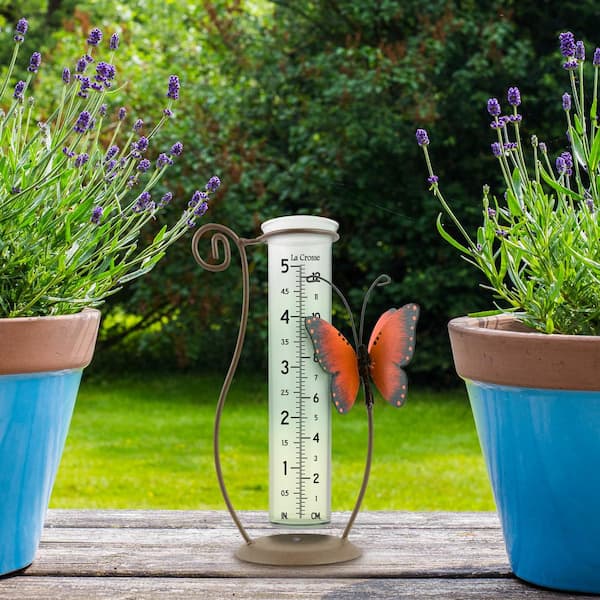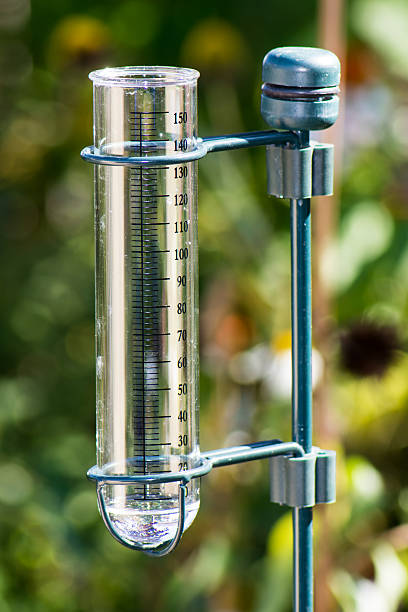The Rain Gauge: A Vital Device for Keeping Track Of Precipitation Levels
The Rain Gauge: A Vital Device for Keeping Track Of Precipitation Levels
Blog Article
Exactly How to Pick the Right Rainfall Scale for Accurate Rainfall Data
To acquire trusted measurements, it is important to choose the appropriate rain scale. Thinking about elements such as area, kind, and precision of the rain gauge will assist ensure accurate data collection. Additionally, recognizing the maintenance and calibration treatments will add to the long life and dependability of your rainfall gauge.
Relevance of Selecting the Right Rainfall Scale
The importance of choosing the right rainfall scale lies in getting reputable and precise rainfall information for exact meteorological evaluation. Rain data is important for a wide variety of applications, consisting of weather forecasting, hydrological modeling, and environment research study. Unstable or incorrect information can bring about erroneous verdicts and flawed decision-making procedures.

Second of all, the precision and accuracy of the rainfall gauge are vital. The gauge should be able to determine rainfall with high precision, recording even percentages of precipitation accurately. It needs to likewise minimize mistakes because of evaporation, wind, and various other ecological elements. Normal calibration and upkeep are vital to make certain continuous accuracy.
Furthermore, the area and setup of the rainfall gauge are essential considerations. It must be positioned in an open location, far from blockages that could influence rainfall dimensions. The gauge must be positioned at a proper elevation and angle to avoid spilling and ensure appropriate catchment of rain.
Factors to Take Into Consideration When Selecting a Rainfall Scale
When picking a rain gauge, there are several vital elements to think about. There are various kinds offered, consisting of standard rain evaluates, tipping bucket rain assesses, and evaluating rain evaluates.
An additional factor to consider is the material of the rainfall scale. Rainfall determines can be made from different materials, such as glass, plastic, or metal. The product picked need to be sturdy and immune to weather conditions, guaranteeing that the rain gauge will certainly hold up against the elements and supply accurate measurements in time.
Accuracy is additionally a critical aspect to think about. Search for rain determines that have been calibrated and evaluated for accuracy. Features such as anti-splash rings and funnels can additionally enhance the accuracy of the dimensions.

Finally, think about the climate and setting in which the rain scale will be utilized. Various rain determines are suitable for various environments, so it is essential to pick one that is appropriate for the conditions in your location.
Various Types of Rain Determines Available
To further check out the variables to consider when selecting a rainfall gauge, it is very important to understand the different kinds of rainfall gauges readily available. There are a number of kinds of rainfall determines, each with its own advantages and downsides. The most common type is the common rainfall gauge, additional resources likewise recognized as the cylindrical rain gauge. This type is composed of a straight-sided cylindrical container with a funnel-shaped top. It is easy to utilize and gives exact dimensions of rainfall.
One more type of rain scale is the tipping container rainfall gauge. As the rainfall falls into the gauge, it fills up one side of the container, causing it to empty the water and tip.
A third kind of rain scale is the evaluating rainfall scale. As the rain drops into the gauge, it is collected in a container linked to a balance.
Finally, there are likewise remote rainfall gauges that use advanced innovation to determine rains (The Rain Gauge). These assesses use sensors and transmitters to send out information wirelessly to a main device. Remote rain gauges are hassle-free for monitoring rains in hard-to-reach locations or for large information collection
How to Determine the Accuracy of a Rainfall Scale
One way to evaluate the precision of a rain gauge is by carrying out normal calibration measurements. Calibration includes contrasting the readings of a rainfall gauge to a common measurement, such as a licensed rain scale or a weather terminal with high precision. By comparing the dimensions, any kind of inconsistencies or mistakes in the rain scale can be recognized and made up.
To conduct a calibration measurement, begin by accumulating rains information from both the rain scale and the standard measurement gadget over a specific amount of time, such as a month. After that, compare the readings and determine the difference in between them. This difference is referred to as the calibration mistake.
It is necessary to keep in mind that calibration dimensions ought to be carried out regularly, basics as ecological aspects, such as wind, debris, and temperature level, can affect the accuracy of the rainfall gauge over time. By performing normal calibrations, any changes in the precision of the rainfall scale can be spotted and modifications can be made appropriately.
In enhancement to calibration, it is likewise suggested to clean and maintain the rain scale routinely to ensure its accuracy. Eliminate any debris or blockages that might affect the precision of the measurements, and inspect for any signs of damage or use that may need fixings or replacement.
Tips for Maintaining and Calibrating Your Rainfall Scale
Normal maintenance and calibration are crucial for making certain the accuracy and integrity of your rainfall gauge in measuring rains data (The Rain Gauge). By following a few simple pointers, you can make sure that your rainfall scale is appropriately preserved and adjusted
To start with, it is necessary to clean your rainfall scale frequently to prevent any debris or dirt from blocking the rainfall collection device. Utilize a moderate detergent and a soft brush to carefully clean the inside and exterior of the scale. Rinse it thoroughly with clean water and permit it to completely dry entirely before reinstalling it.
Secondly, it is recommended to adjust your rainfall scale at the very least yearly. Calibration includes comparing the dimensions of your rain scale with those of a relied on and precise reference scale. This will certainly help you identify and correct any prospective mistakes in your rain gauge's measurements.
To adjust your rain scale, gather a recognized quantity of water using a gauging container and contrast it with the dimensions videotaped by your rainfall gauge. Adjust the readings appropriately to make sure precision.

Conclusion
In verdict, choosing the appropriate rain scale is critical for obtaining precise rainfall information. Variables such as function, spending plan, and location must be taken into see this page consideration when choosing a rain gauge.
There are different types available, including standard rainfall assesses, tipping bucket rain evaluates, and evaluating rain evaluates.To additionally discover the elements to take into consideration when selecting a rain gauge, it is vital to recognize the various types of rain assesses available. The most common kind is the basic rainfall gauge, additionally recognized as the cylindrical rainfall scale.Another type of rain gauge is the tipping bucket rainfall scale. Calibration includes contrasting the readings of a rainfall scale to a basic dimension, such as a qualified rain scale or a weather condition terminal with high accuracy.
Report this page